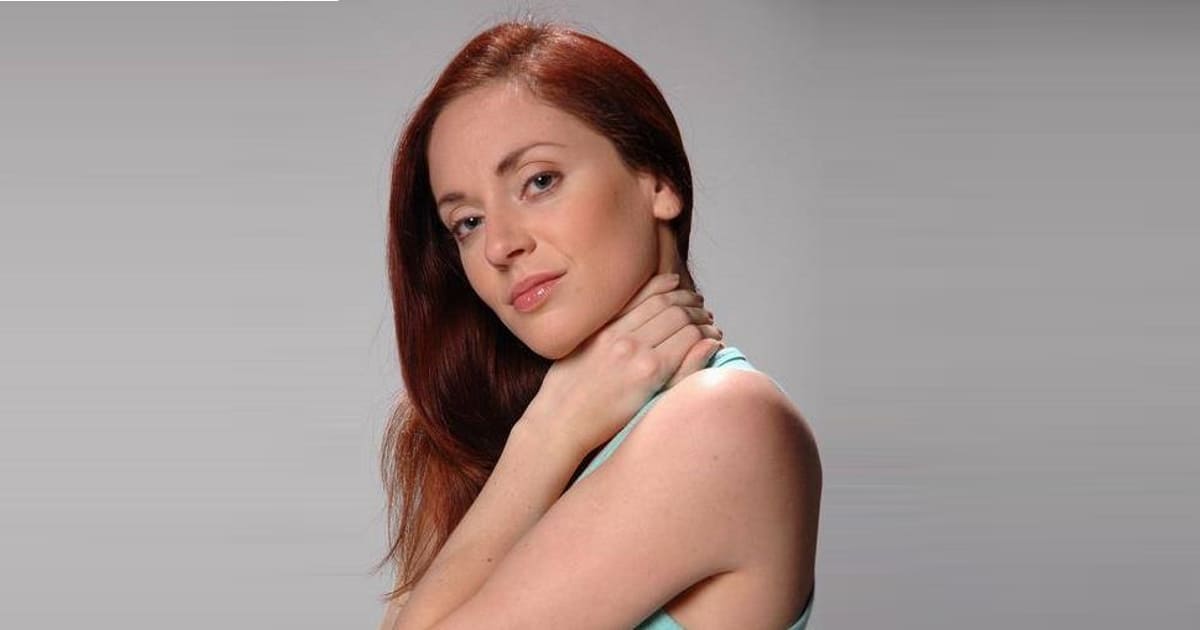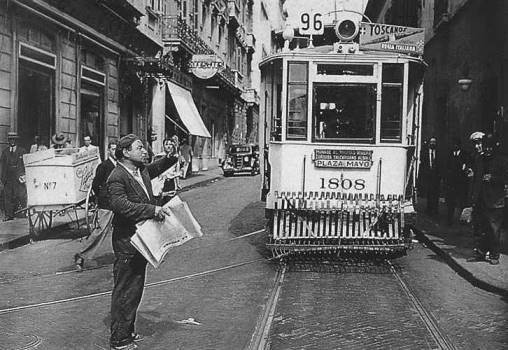A few thoughts toward a safer tango

After many years of Tango, in which I performed the different roles of a maestra, judge, student, milonguera, professional, amateur, the youngest, the foreigner no one knows, the guest teacher everyone wants to dance with, and many others, I want to share some thoughts to help create a safer tango.
Recently I spoke on the topic “How to feel safe at the milonga” with Ieva and Sergio. During this discussion, I arrived at a few concepts that might help or at least make us think about how we create safer tango communities.

Competition in tango
Among the many elements we could focus on in order to create safety in tango for us and others, there is one that stands out: competition.
The word “competition” means and represents more than one human aspect: men vs women, teacher vs milonguero, locals vs foreigners.
If you are a competitive person, you can always compete with yourself to improve your skills, your embrace, your musicality, your understanding of the Tango culture. Most importantly you can use that element of your personality to enhance your empathy, sensitivity, intuition and compassion.
But, whatever you do in tango will look better if you don’t use it to compete against others.
A question for each tanguero and tanguera
Do you feel like hugging someone if they are competitive with you, if they make you feel as if they were trying to force you into a mistake, if they treat you as if they wanted to prove you wrong no matter what you do?
Let’s go back in time for a moment, travelling to Buenos Aires when tango was young.
BsAs was a port city. Many men would arrive there looking for opportunities. If they had a family, they would leave it back home with the idea of bringing them once they were able to settle down. And that some times took years, or never happened.

Most of the population of B.A. were single men, lonely, away from everything they knew. They would go to the milongas to socialize. A tanda often was their only chance to embrace one of the few women that lived in B.A. There were no tango lessons, schools, teachers, competitions. The tandas were established to avoid the “monopoly” of some men over the few women.
The original purspose of tango was to help people socialize and whenever competitiveness against another person comes into a milonga, this original purpose is no longer achievable. On the other hand, a safer tango allows for socializing.

How to create a safer tango
Many milongueros and milongueras will often say proudly that they respect the Codes of the milonga, paying attention to the line of dance, taking their partner back to their seat, not teaching in the milonga, etc.
But there is one more code I wish we could introduce in each milonga to creater a safer tango:
Don’t judge.
We all dance the best we can. Each one of us does the best with the skills they have to dance. We all have a past in which we didn’t know what we know now. The same way, we still don’t know many things we will know in the future. Tango is not about how much you know.

But the problem of competitive attitudes is not related to knowledge, skills, or experience. Experienced professionals and long time milongueros fall victims of such attitudes too.
What solution do I propose to create a safer tango?
- Be always kind.
- Always remember we all dance our best.
- Technic and musicality are a means, not an end.
- Always remember: an embrace is a hug.
- Accept everyone’s weaknesses even if you don’t see them.
- Accept your weaknesses too.
- Embrace that life in front of you and try to feel their heart beats. Remember their entire life and history is right there in your arms.
- Imagine if that was their only chance to embrace someone. Or their last… Or yours.

Andrea Martinez – Italy, Argentina
Andrea Martinez is an Argentinean tango dancer, teacher and choreographer. Since 2000, she has been dancing professionally in Argentina, Europe and the U.S.
Among her many works, she has danced and/or choreographed in MSC Cruises, Señor Tango, Teatro Astros and many more.
She started teaching tango in 2007 and never stopped since then. Thanks to the languages she speaks, she has taught tangueros from over twenty nationalities and in the most varied contexts. She includes the culture of tango as an essential part of her classes.
She has taken part in the Mundial de Tango 2016, 2017 and 2018 as a Supervisor, and has also worked as Supervisor and Jury in many other international competitions.
“Tango is a language.The more we approach it from its different angles, the better we know it and the more we enjoy it”.
